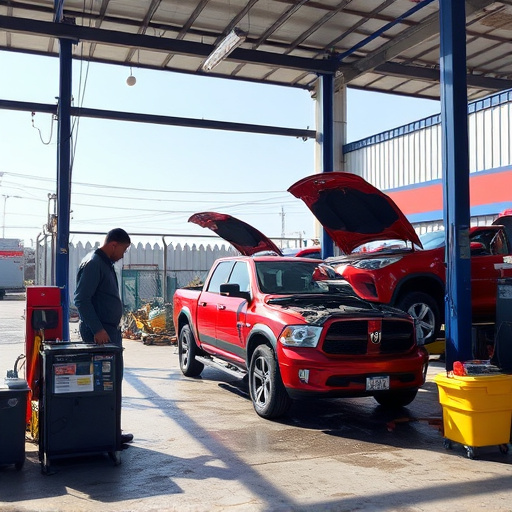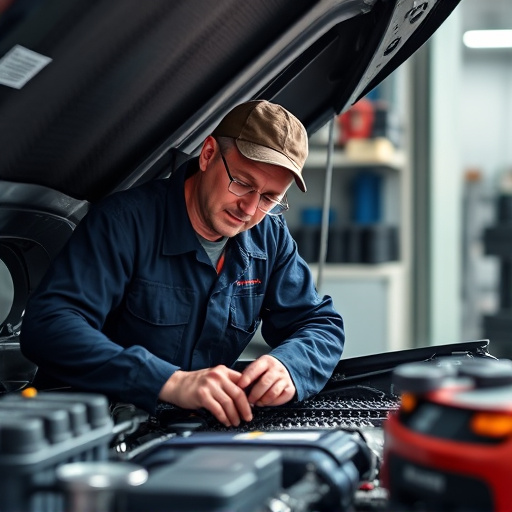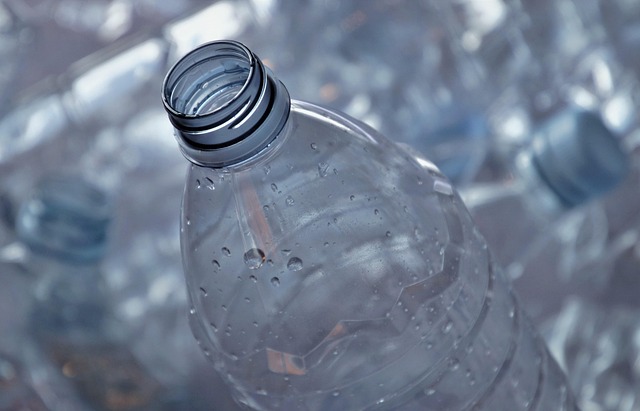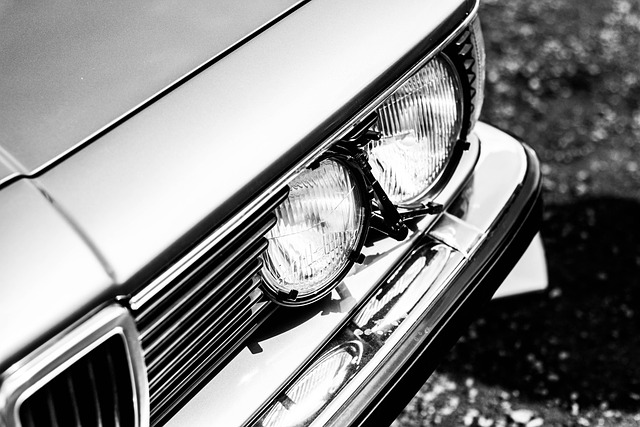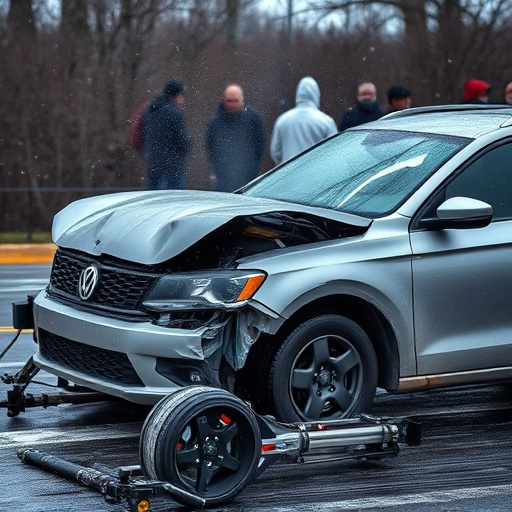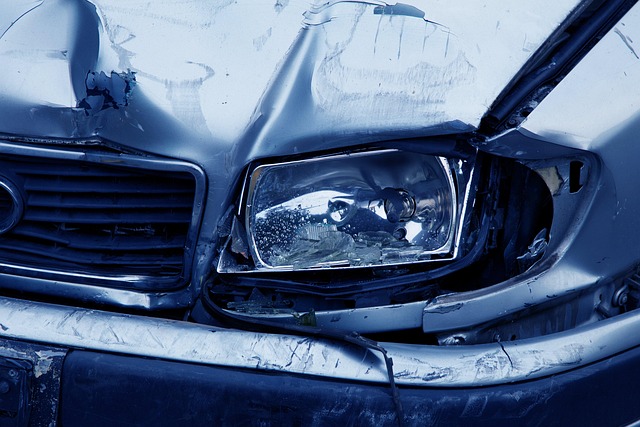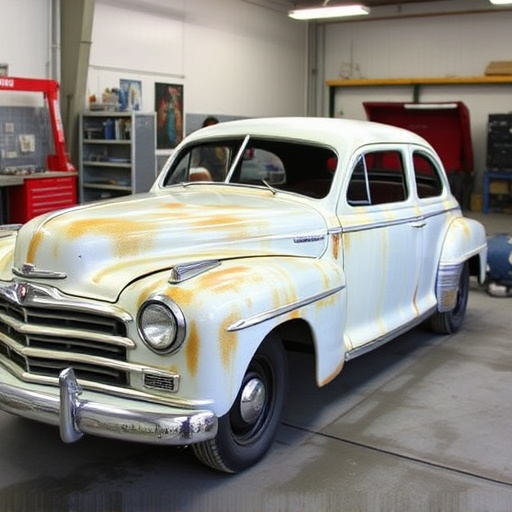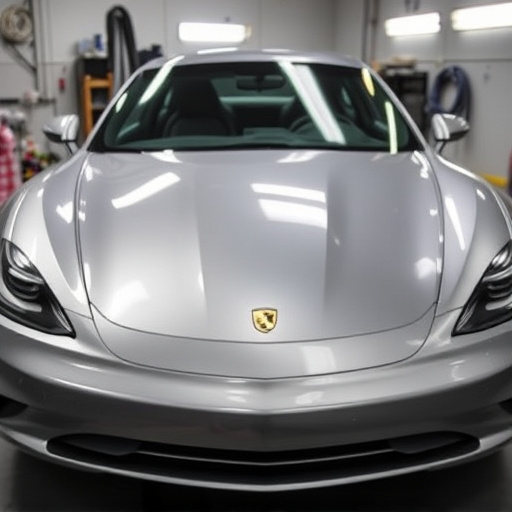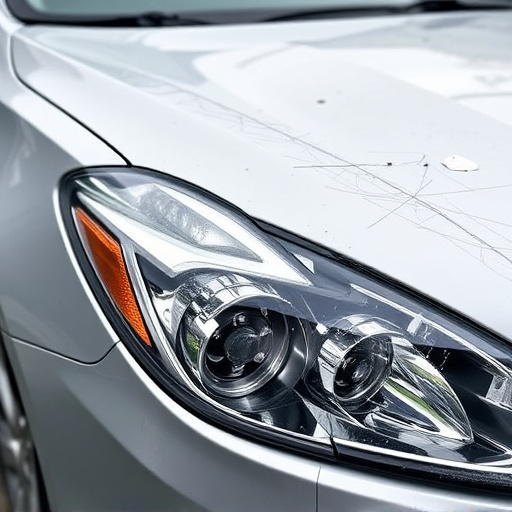Tesla hail damage repair demands a balance between restoring vehicles and minimizing environmental impact. Common affected areas include exterior, hood, roof, and doors. Modern auto repair shops embrace eco-friendly practices like biodegradable materials and water-based painting. This shift caters to environmentally conscious consumers and moves away from toxic chemicals and high energy consumption. A step-by-step guide outlines the meticulous process for efficient Tesla hail damage repair, ensuring minimal damage and optimal results while restoring original condition.
Tesla vehicles, known for their cutting-edge technology and sleek design, are susceptible to hail damage. Understanding how to effectively repair this damage is crucial for both vehicle aesthetics and environmental sustainability. This article explores eco-friendly techniques for Tesla hail damage repair, focusing on common affected areas and providing a step-by-step guide to restoring your Tesla post-hailstorm. Learn how these innovative methods contribute to better sustainability without compromising quality.
- Understanding Tesla Hail Damage: Common Areas Affected
- Eco-Friendly Repair Techniques for Better Sustainability
- Step-by-Step Guide: Restoring Your Tesla Post-Hailstorm
Understanding Tesla Hail Damage: Common Areas Affected
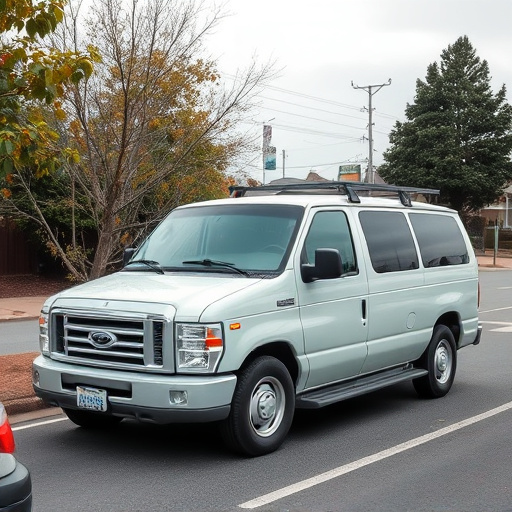
Hail storms can leave a trail of destruction on vehicles, and Teslas are no exception. Understanding Tesla hail damage is crucial for efficient repairs. Common areas affected include the car’s exterior, with dents, dings, and even shattered glass from flying debris. The hood, roof, and doors are particularly vulnerable due to their exposed nature during a storm.
While traditional collision repair shops might employ invasive methods, environmentally conscious techniques gain prominence in modern automotive collision repair. For Tesla hail damage repair, focusing on eco-friendly practices ensures not only the restoration of your vehicle but also minimalizes its ecological footprint. Car restoration done right respects both the car’s aesthetics and sustainability goals.
Eco-Friendly Repair Techniques for Better Sustainability
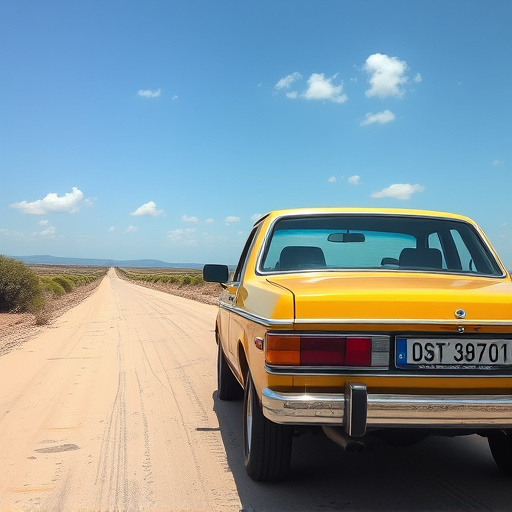
In the realm of Tesla hail damage repair, adopting eco-friendly techniques is not just a trend but a necessary step towards sustainability. Traditional methods often rely on toxic chemicals and energy-intensive processes, leaving a significant carbon footprint. However, with growing environmental consciousness, many repair shops are now embracing greener alternatives. For instance, using biodegradable materials in automotive body work can reduce the ecological impact of repairs. Additionally, implementing water-based painting techniques in automotive restoration minimizes volatile organic compound (VOC) emissions, making it a healthier option for both workers and the environment.
These innovative approaches to Tesla hail damage repair not only contribute to preserving the planet but also enhance the longevity of vehicles. By prioritizing eco-friendly practices in auto maintenance, shops can cater to environmentally conscious consumers while ensuring that every repair job is conducted responsibly. This sustainable approach extends beyond mere aesthetics; it involves using renewable resources and non-toxic solutions throughout the entire automotive restoration process, making it a true game-changer in the industry.
Step-by-Step Guide: Restoring Your Tesla Post-Hailstorm

Post-hailstorm, restoring your Tesla requires a systematic approach to ensure minimal damage and optimal results. Here’s a step-by-step guide designed for efficient Tesla hail damage repair.
1. Assess the Damage: Begin by thoroughly inspecting your Tesla for hail-induced dents, scratches, or cracks. Look for any signs of metal deformation, especially on the roof, doors, and fenders – common areas for impact.
2. Prepare Your Workspace: Set up a clean, well-lit area away from direct sunlight to conduct the repair. Gather all necessary tools: putty knives, sandpaper (various grits), primer, paint, and a cloth. Ensure proper ventilation as some paints and solvents can be strong.
3. Remove Hail Damage: Using the appropriate tools, carefully pop out dented panels for professional-grade repairs. For smaller dents, you can use a putty knife to gently push out the affected area, following the car’s contour.
4. Sand and Clean: Once the damaged areas are exposed, sand them lightly to smoothen any irregularities. Remove all dust with a clean cloth before proceeding.
5. Prime and Paint: Apply automotive-grade primer, allowing it to dry completely. Then, use high-quality paint designed for luxury vehicle repair, matching your Tesla’s exact color. Two thin coats are typically best.
6. Final Touches: After the paint dries, inspect your work closely. Ensure even coverage and smooth finish. Any remaining imperfections can be touched up with a fine-grit sandpaper and another light coat of paint if needed.
Tesla hail damage repair doesn’t have to come at the expense of environmental health. By adopting eco-friendly techniques, owners can restore their vehicles while minimizing their carbon footprint. With a deeper understanding of common affected areas and a step-by-step guide, you can effectively navigate the restoration process, ensuring your Tesla shines like new while promoting sustainability.

